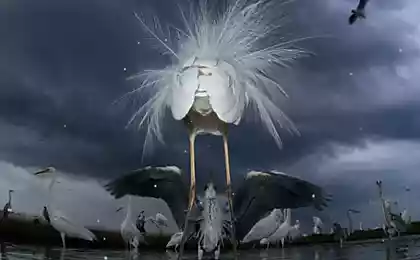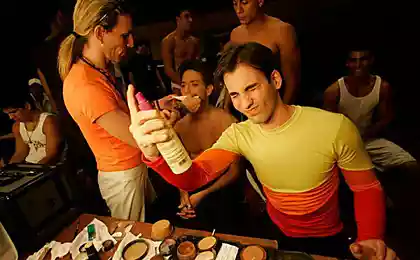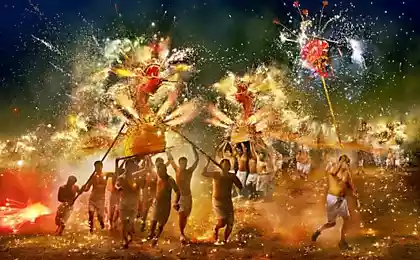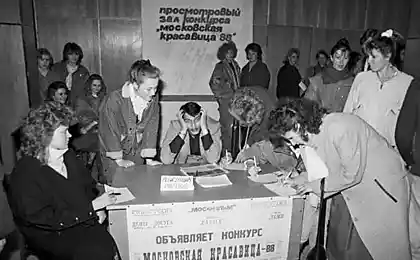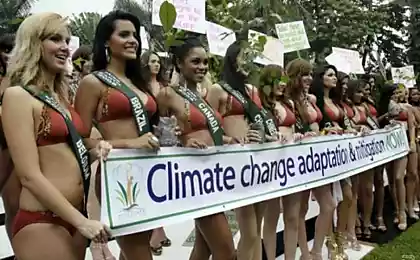1230
The winners of astronomy photos
Recently summed up competition for the best photography in the field of astronomy «Astronomy Photographer of the Year 2013". Photo competition included the incredible images of our night sky and even a bit startling and dramatic footage of huge galaxies. Let's quickly take a look at the winners.
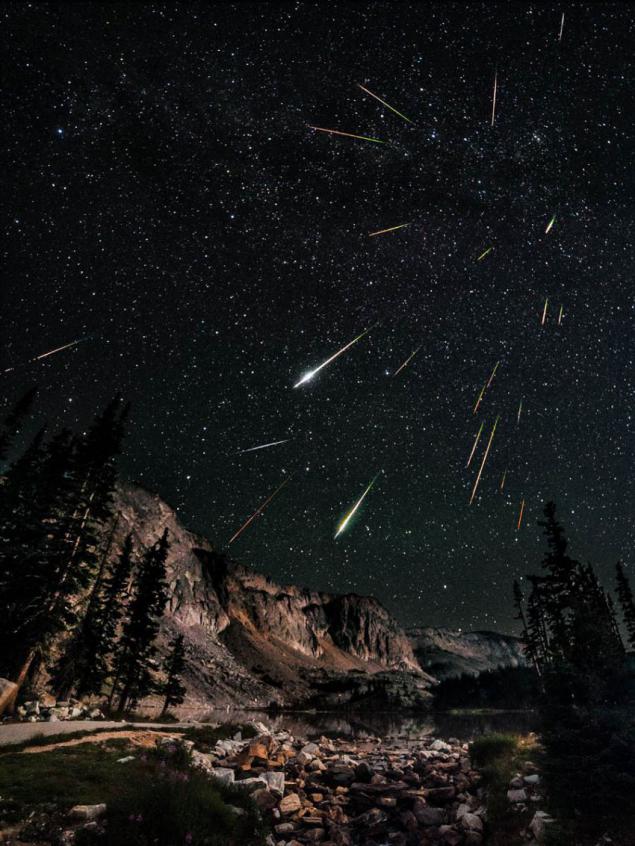
Nomination "Our Solar System»
The applicant. The sequence shows the annular eclipse of the Rings. Ring of Fire - this is one of the most unusual astronomical phenomena. "Ring of Fire" - a rare phenomenon. On average, for 100 years, 237 solar eclipses happen, and only 14 of them - the ring-shaped. Read more in the article "Ring of Fire in Australia».

2nd place. Each of these dark spots on the sun the size of our Earth.
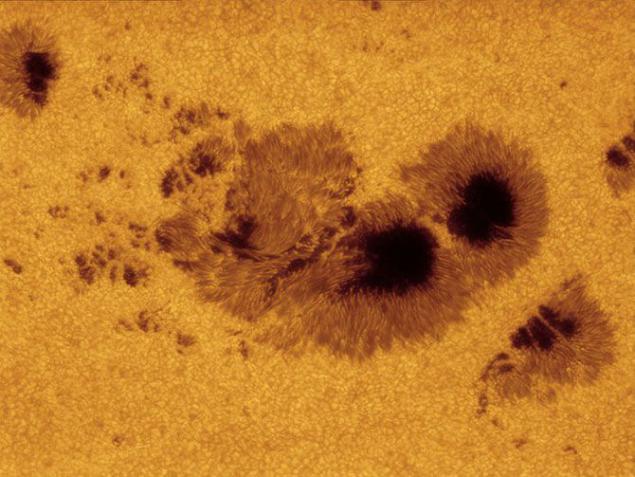
Winner. The solar corona.
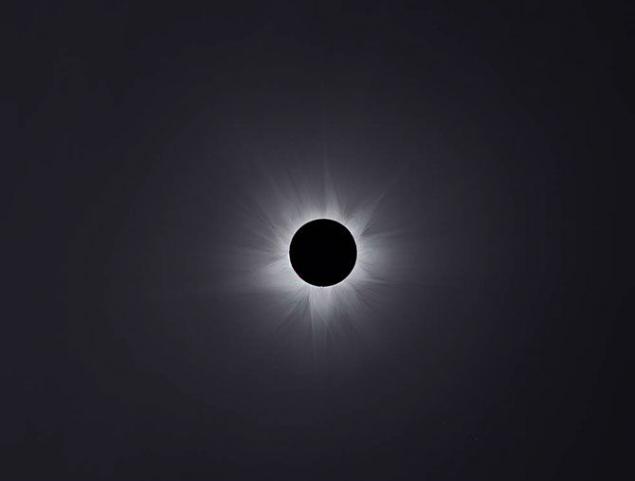
Nomination "deep space»
The applicant. Galaxy M81 and M82 in the constellation Ursa Major.
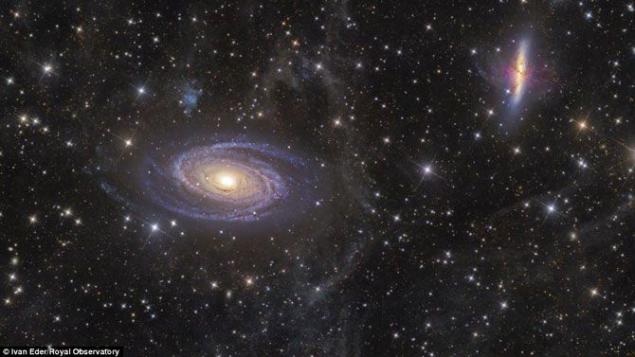
The applicant. Barred spiral galaxy (type SBc) NGC 253 in the constellation Sculptor. Located about 8 million light-years from Earth. In 1999, the space telescope "Chandra" X-ray found an unusual concentration of X-ray sources near the center of NGC 253. Four of these sources, tens of thousands of times more massive than the Sun, located in the 3 thousand light years from the galaxy's core. These black holes are shifted under the influence of gravity to the center of the galaxy, in the future can come together into one supermassive black hole.

The applicant. Globular cluster Omega Centauri. It is located at a distance of 18,300 light-years away.
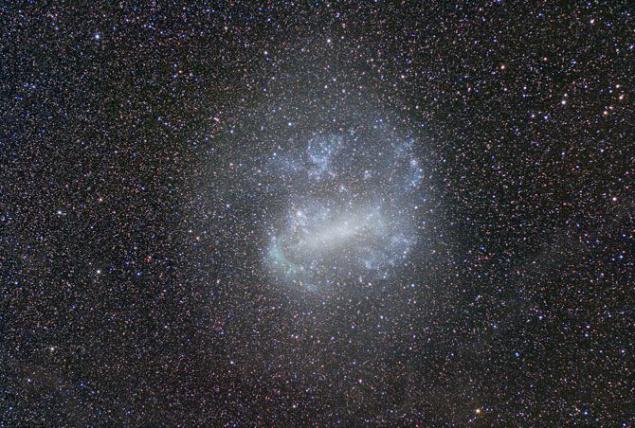
2nd place. Multicolored clouds Rho Ophiuchi - a binary star in the constellation Ophiuchus. The red supergiant Antares - one of the brightest stars in the night sky - lights up the yellow-red clouds on the upper left corner of the image. Rho Ophiuchi is located in the center of the blue nebula on the right. The distant globular cluster M4 visible just under the Antares.
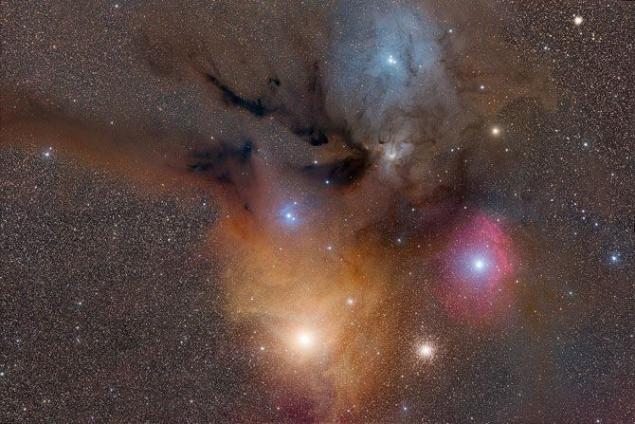
Winner. These structures appear to be unchanging and eternal in human terms, but their life is fleeting across the universe. Just a few thousand years of hard radiation from the stars in the nebula, change the appearance of the structure beyond recognition.

Nomination "The young astronomer photographer»
The applicant. Moon.
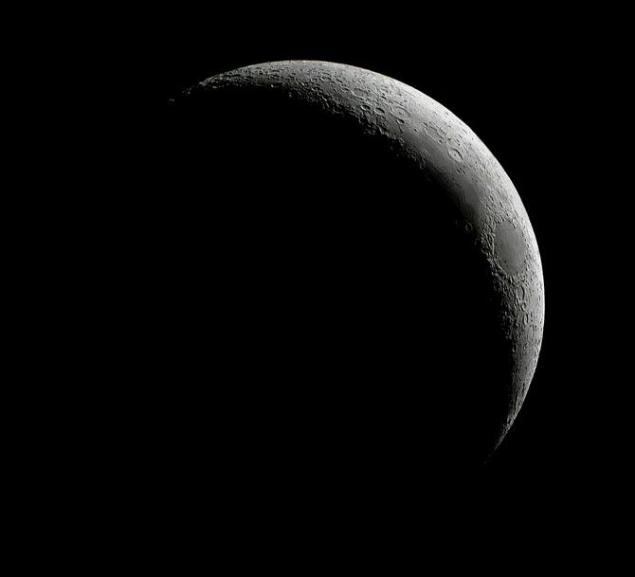
2nd place. Goodbye sun, hello moon.

Winner. Milky Way Galaxy. The galaxy, which contains the Earth, the solar system and all the individual stars visible to the naked eye. It refers to a barred spiral galaxies. The diameter of the galaxy is about 30,000 parsecs (about 100 000 light-years, one quintillion kilometers) at an estimated average thickness of about 1000 light-years. The galaxy contains, at the lowest estimate, about 200 billion stars.
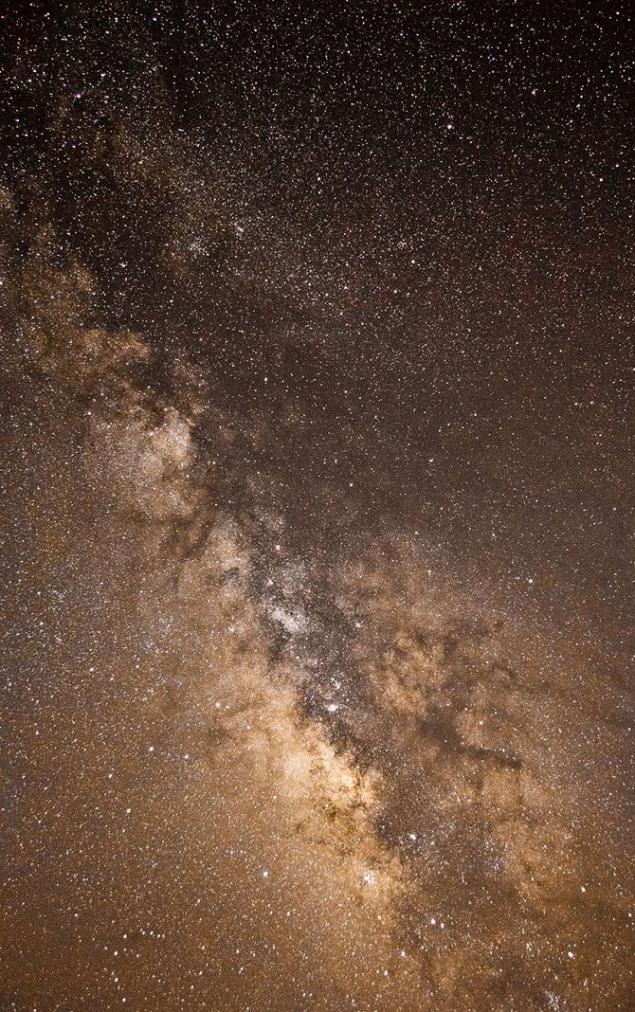
Nomination "People and Space»
2nd place. The man and the Milky Way.
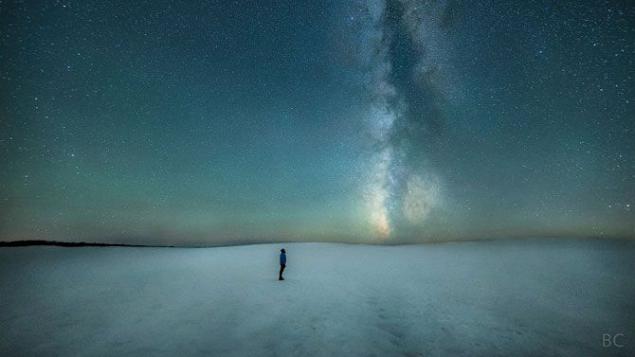
Winner. Silhouettes on the background of the rising moon.
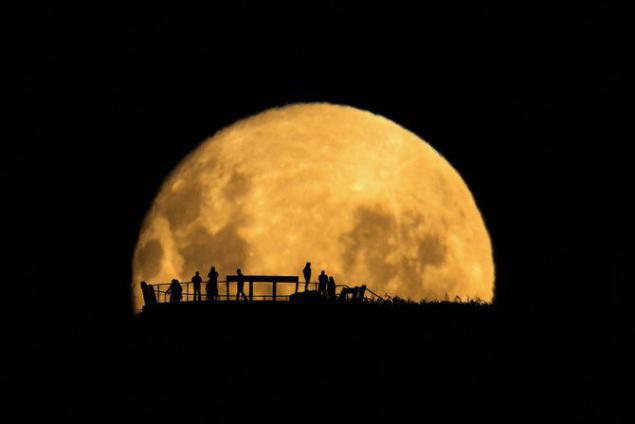
"The best debut»
Winner. Transit of Venus.
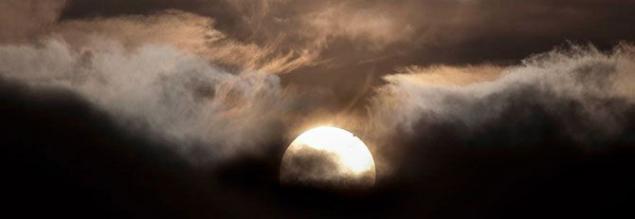
Nomination "Robotic Telescope»
Winner. Trapezium open cluster.

Nomination "Earth and space»
The applicant. Quadruple lunar halo over Spain. Sometimes, falling ice crystals in the atmosphere is converted to a huge lens and around the sun or the moon can be seen rainbows and iridescent halo. The brightest object in the sky at the top of the picture - it's the moon. Moonlight is refracted by falling hexagonal ice crystals to form around the Moon round 22-degree halo.
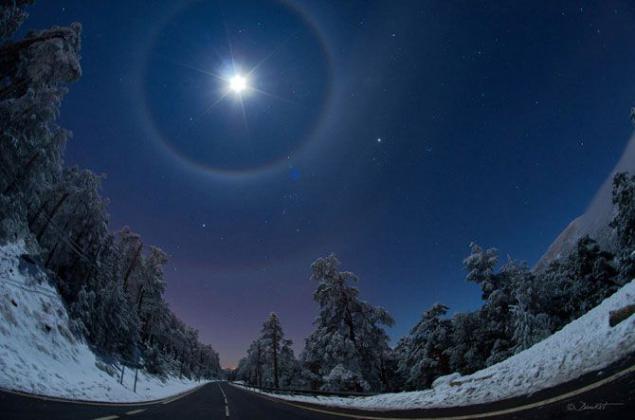
2nd place. Green energy. Northern Lights in Norway.
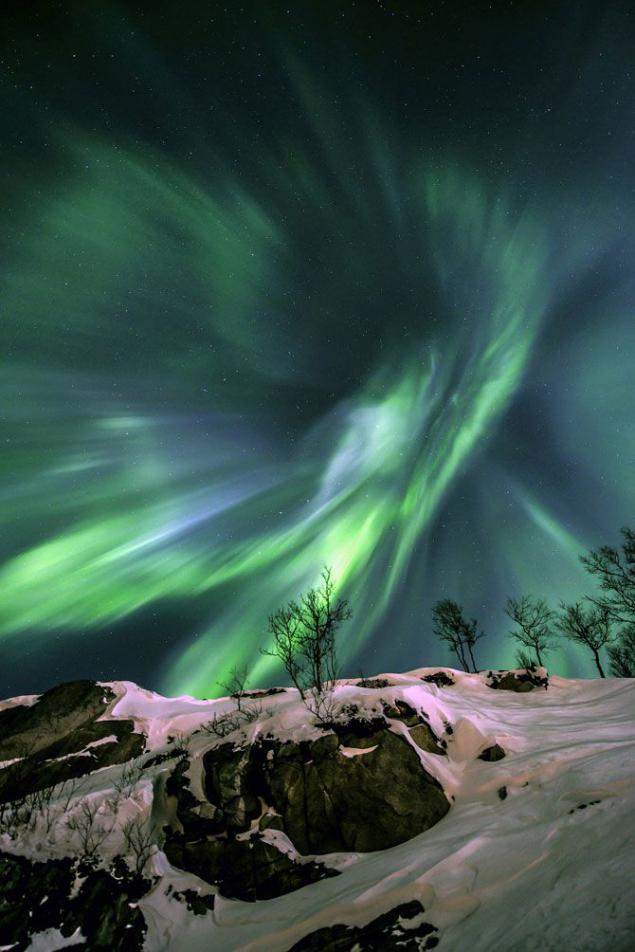
1st place, absolute winner in all competition photos in astronomy «Astronomy Photographer of the Year 2013". Guiding Light to the stars.
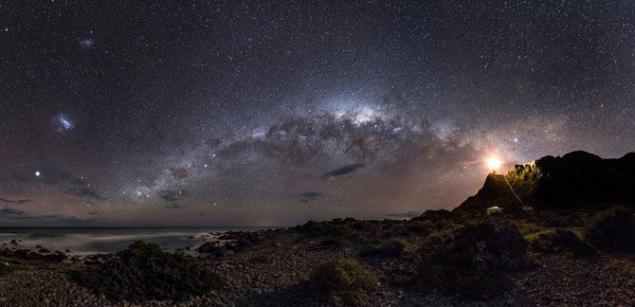
Source:

Nomination "Our Solar System»
The applicant. The sequence shows the annular eclipse of the Rings. Ring of Fire - this is one of the most unusual astronomical phenomena. "Ring of Fire" - a rare phenomenon. On average, for 100 years, 237 solar eclipses happen, and only 14 of them - the ring-shaped. Read more in the article "Ring of Fire in Australia».

2nd place. Each of these dark spots on the sun the size of our Earth.

Winner. The solar corona.

Nomination "deep space»
The applicant. Galaxy M81 and M82 in the constellation Ursa Major.

The applicant. Barred spiral galaxy (type SBc) NGC 253 in the constellation Sculptor. Located about 8 million light-years from Earth. In 1999, the space telescope "Chandra" X-ray found an unusual concentration of X-ray sources near the center of NGC 253. Four of these sources, tens of thousands of times more massive than the Sun, located in the 3 thousand light years from the galaxy's core. These black holes are shifted under the influence of gravity to the center of the galaxy, in the future can come together into one supermassive black hole.

The applicant. Globular cluster Omega Centauri. It is located at a distance of 18,300 light-years away.

2nd place. Multicolored clouds Rho Ophiuchi - a binary star in the constellation Ophiuchus. The red supergiant Antares - one of the brightest stars in the night sky - lights up the yellow-red clouds on the upper left corner of the image. Rho Ophiuchi is located in the center of the blue nebula on the right. The distant globular cluster M4 visible just under the Antares.

Winner. These structures appear to be unchanging and eternal in human terms, but their life is fleeting across the universe. Just a few thousand years of hard radiation from the stars in the nebula, change the appearance of the structure beyond recognition.

Nomination "The young astronomer photographer»
The applicant. Moon.

2nd place. Goodbye sun, hello moon.

Winner. Milky Way Galaxy. The galaxy, which contains the Earth, the solar system and all the individual stars visible to the naked eye. It refers to a barred spiral galaxies. The diameter of the galaxy is about 30,000 parsecs (about 100 000 light-years, one quintillion kilometers) at an estimated average thickness of about 1000 light-years. The galaxy contains, at the lowest estimate, about 200 billion stars.

Nomination "People and Space»
2nd place. The man and the Milky Way.

Winner. Silhouettes on the background of the rising moon.

"The best debut»
Winner. Transit of Venus.

Nomination "Robotic Telescope»
Winner. Trapezium open cluster.

Nomination "Earth and space»
The applicant. Quadruple lunar halo over Spain. Sometimes, falling ice crystals in the atmosphere is converted to a huge lens and around the sun or the moon can be seen rainbows and iridescent halo. The brightest object in the sky at the top of the picture - it's the moon. Moonlight is refracted by falling hexagonal ice crystals to form around the Moon round 22-degree halo.

2nd place. Green energy. Northern Lights in Norway.

1st place, absolute winner in all competition photos in astronomy «Astronomy Photographer of the Year 2013". Guiding Light to the stars.

Source:


